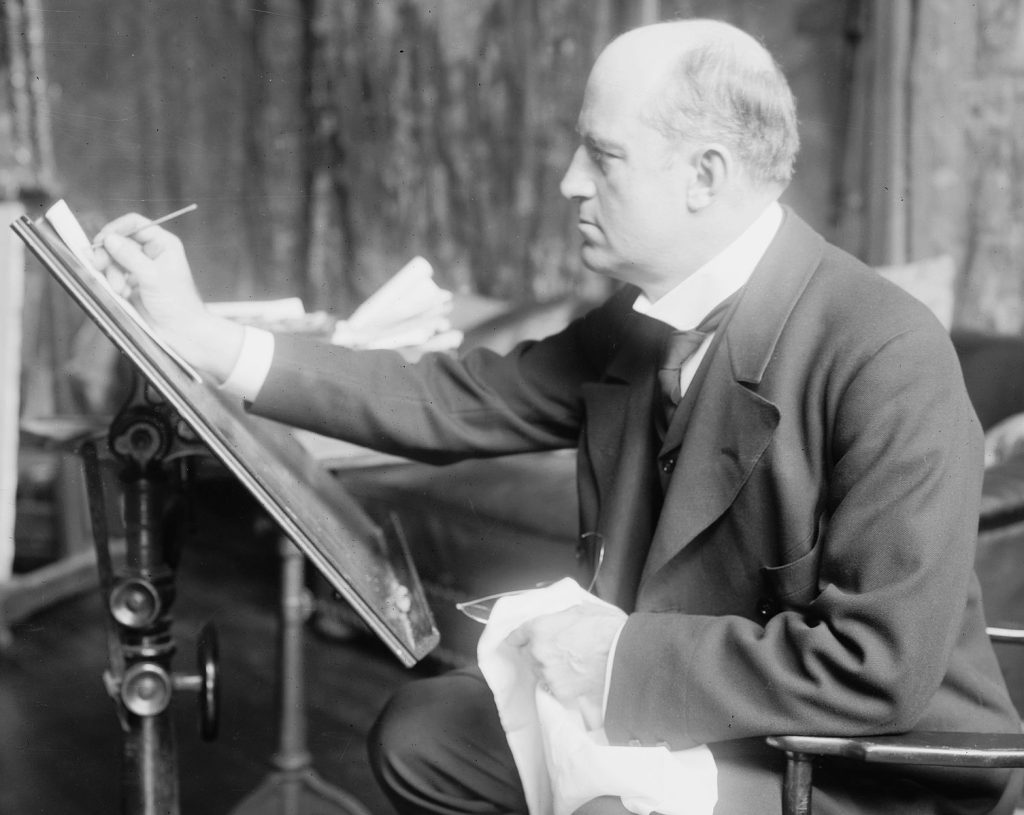
The feature image above is a photograph. If it ever appeared on a postcard, one has yet to be found. Charles Dana Gibson did his work exactly as he is seen, wearing a suit, a dress shirt and a tie. He has been an anachronism ever since America went “casual.”
Yes, America has changed, but Gibson’s All-American girl has not. She was, and still is, tall and graceful as a gazelle, with a long neck balanced on broad shoulders and a mass of upswept wavy hair. She played tennis and golf, rode horses and bicycles, and looked as elegant in her shirtwaists as she did in an evening gown. She was the ideal American woman.
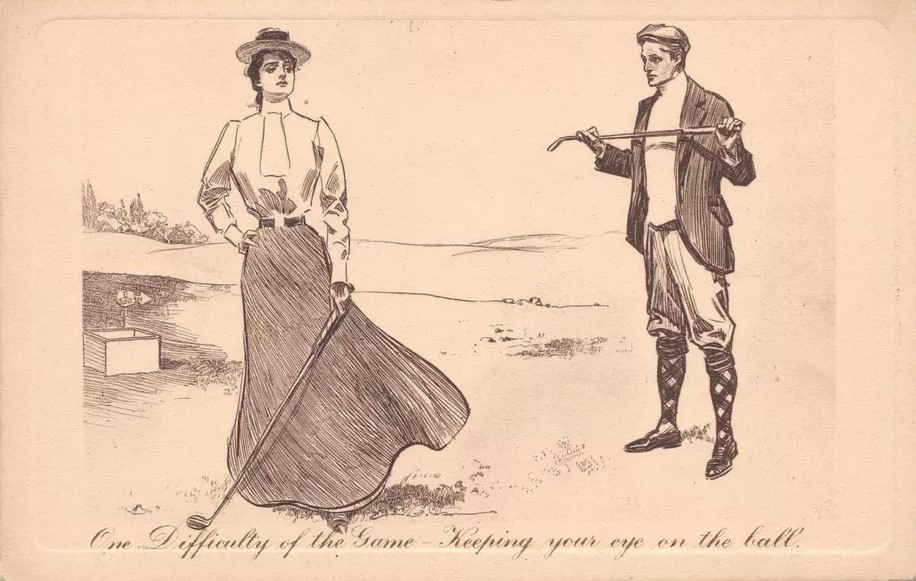
When the first of Gibson’s “girls” appeared in an 1890s magazine advertisement, America was still somewhat of a social backwater. The country’s newly rich were prone to proving their worth by marrying their daughters off to titled Europeans no matter how crusty or gout ridden they were.
Gibson wholly disapproved and was determined to mock such behavior in his cartoons. He created an image of American womanhood where there was none before. His elegant portraits became a constant presence in Life magazineand in dozens of other visual media from newspaper ads to travel posters in railroad stations.
Additionally, she was a bit aloof, for she was a goddess who was constantly being pursued by unworthy suitors. Not even the handsome, square jawed, clean-shaven Gibson Man – yes there were men, too – could measure up. She was a paragon that men idolized, and women looked to her as an example of how to dress and behave.
The Gibson girl was so popular she soon appeared in franchised prints, on chinaware, and even wallpaper. She was so popular that Mr. Gibson was making $65,000 a year on his drawings alone. It came to a point that women on two continents claimed to be the original model.

Gibson sold his first work in 1886 to Life magazine; he was 19 years old. For the next five decades most of his work first appeared on the pages of that general interest magazine. He became editor in 1918 and owner a few years later.
As the popularity of the Gibson Girl faded after World War I, Gibson took to working in oils for his own pleasure. In 1918, he was elected into the National Academy of Design as an Associate member, and became a full Academician in 1932.
He retired in 1936, the same year Scribner’s published his biography, Portrait of an Era as Drawn by C. D. Gibson: A Biography by Fairfax Downey. At the time of his death in 1944, he was considered “the most celebrated pen-and-ink artist of his time.”
***
Postcards of Gibson-girl-like images are many. It would be foolish to attempt a guess as to how many imitations have been created in the last 125 years, but it would be many. It may be wise to caution perspective collectors that in a recent survey of online websites that sell postcards described as Gibson Girl images, a very high percentage (perhaps 85- to 95%) are not Charles Dana Gibson creations.
A true Gibson girl postcard is easy to find. Simply put, if it is in a media other than pen-and-ink, it is unlikely to be a Charles Dana Gibson image. (An exception would be the cover drawing of the March 26, 1925, issue of Life magazine – the “Beauty Number.”
All “official” Gibson postcards have a line-of-text, such as: Copyright, date, by Life Publishing Co.; or Copyright, date, by Collier’s Weekly, New York.
The gallery of cards below should be a helpful guide to find postcards with genuine Gibson art. The captions include pertinent information.
Women’s Heads Published Here and Abroad
The Women’s Heads series was published twice, once in the U.S. by Detroit Publishing Co. and in Europe by the James Henderson Company in London. It may be that the series was meant to be a 12-card set, but only eleven cards are known. The “Beatrice” card above is the American version. The Detroit cards are part of their “14000 series,” but only eight cards are known. It should be noted that Gibson’s signature is obvious on the British cards but is well hidden on the American cards (look closely at Beatrice’s right shoulder).
Scenes and Activities Published by
The A. Hahn Co., the Detroit Publishing Co., and Schwetzer & Co.
Detroit published no less than 35 of Gibson’s “scenes.” A few examples follow:
One additional caution: C. D. Gibson was an illustrator at heart, and he loved drawing his “girls,” but he did other subjects, too. Mr. Gibson span of interest included baseball, world war relief fund drive posters, golf humor, and posters for the Institute for the Blind.
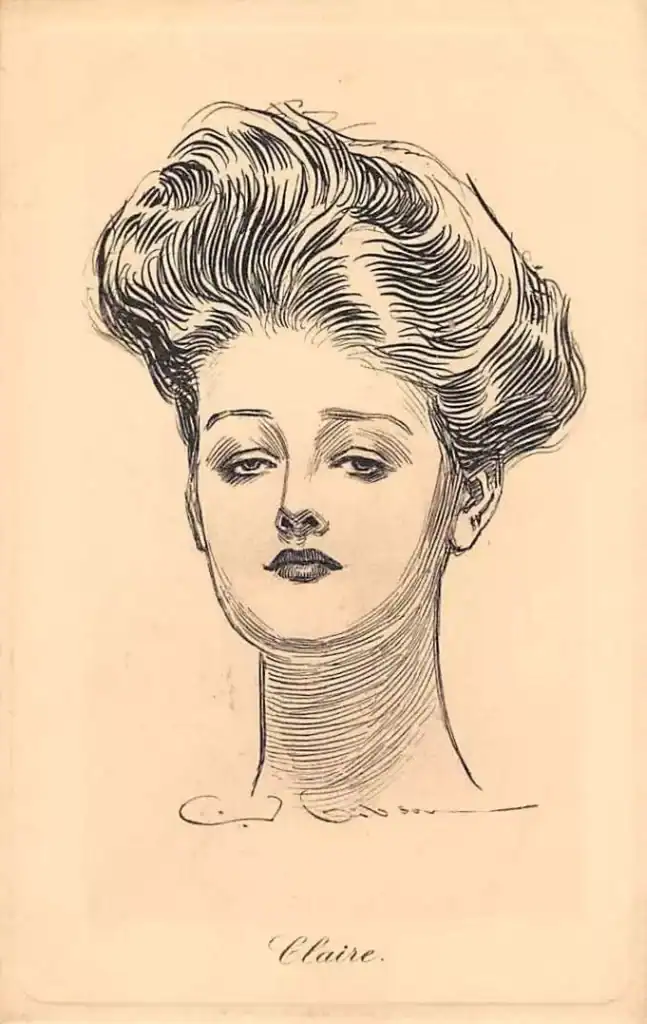
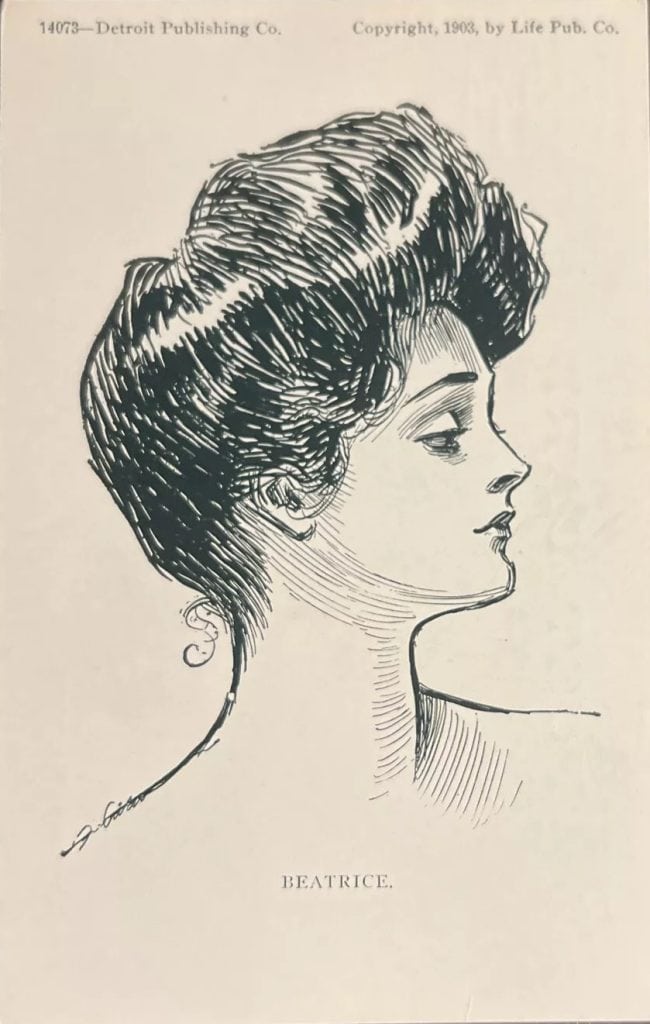
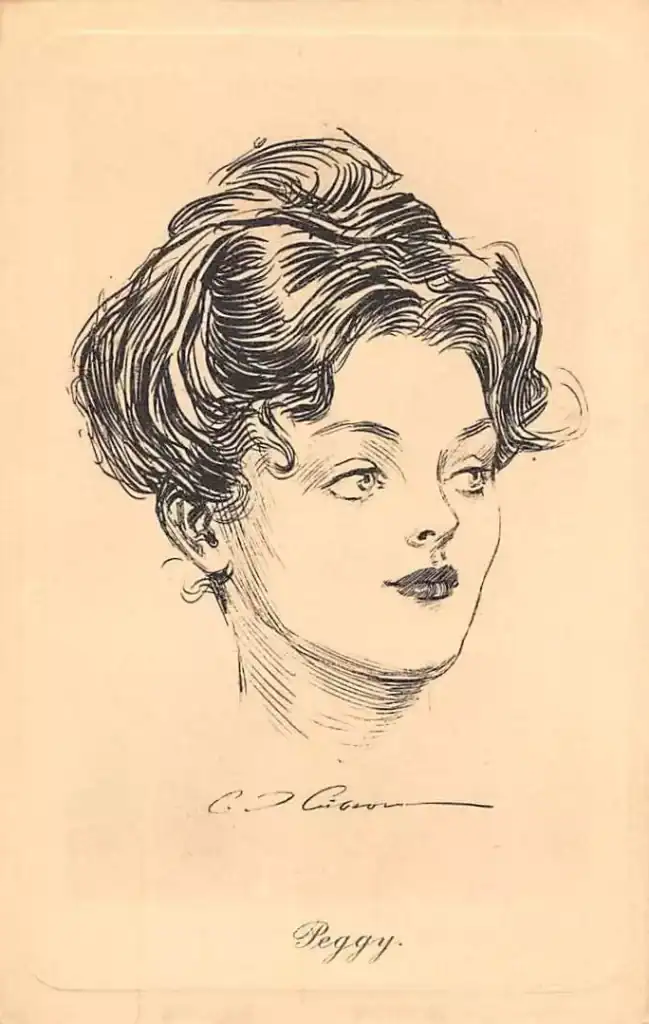
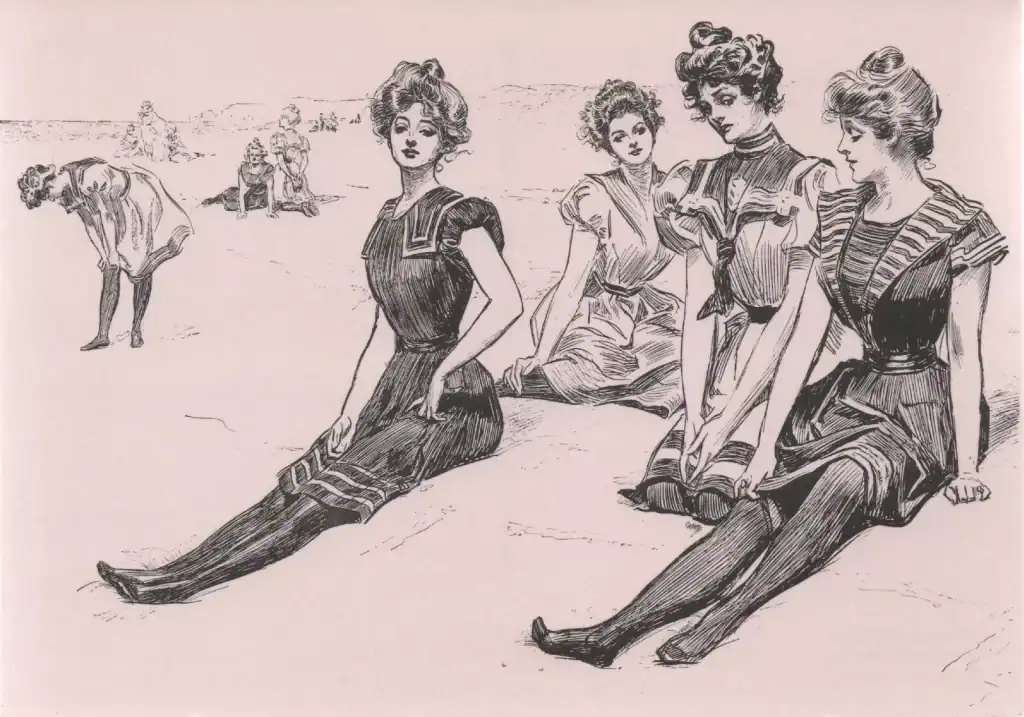
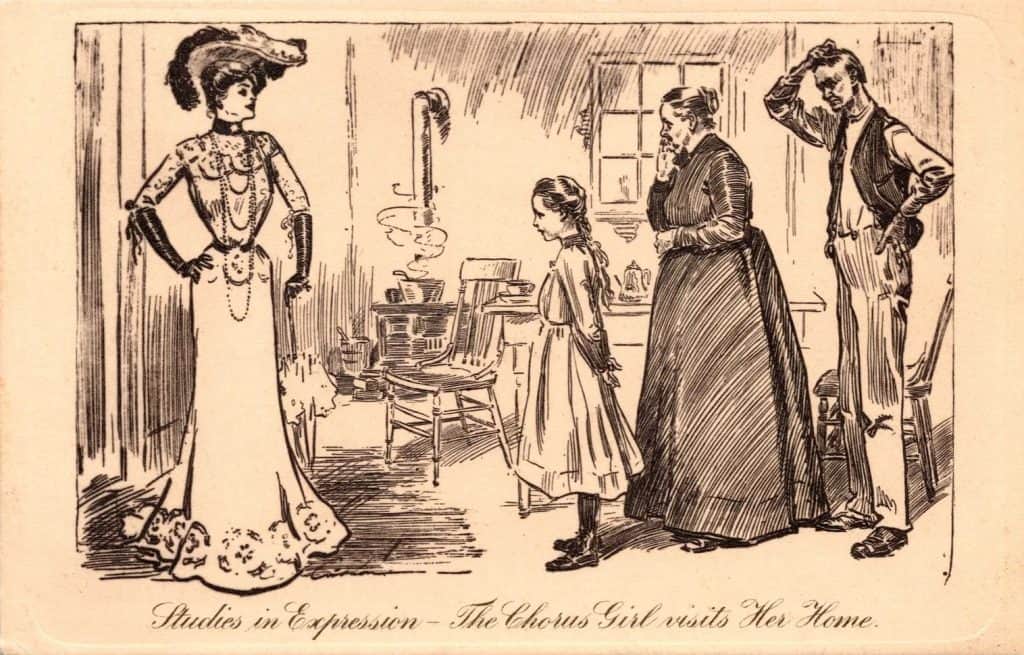

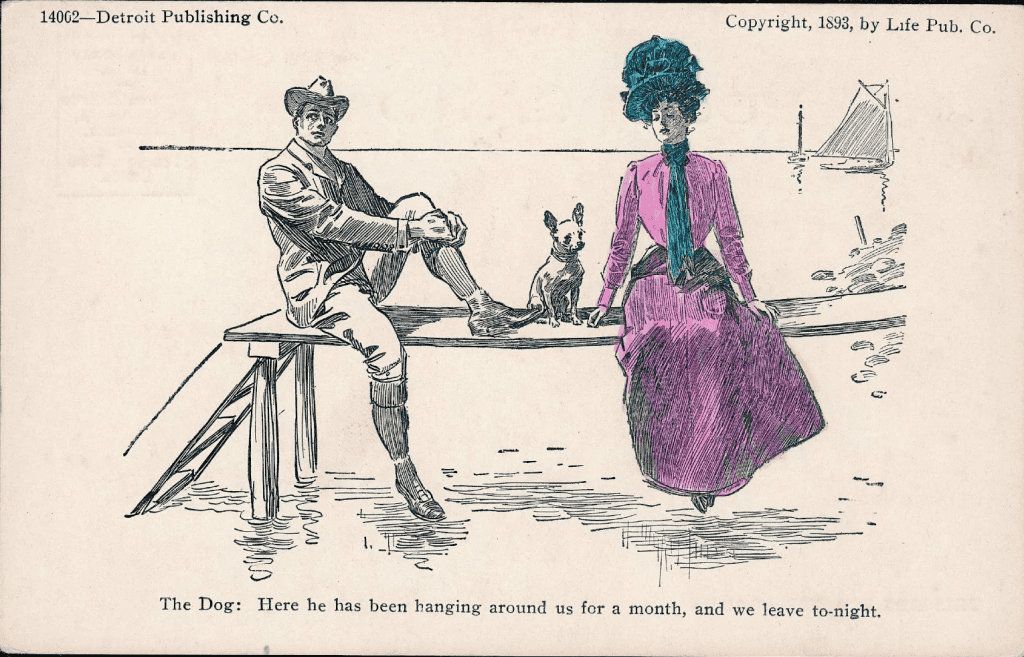
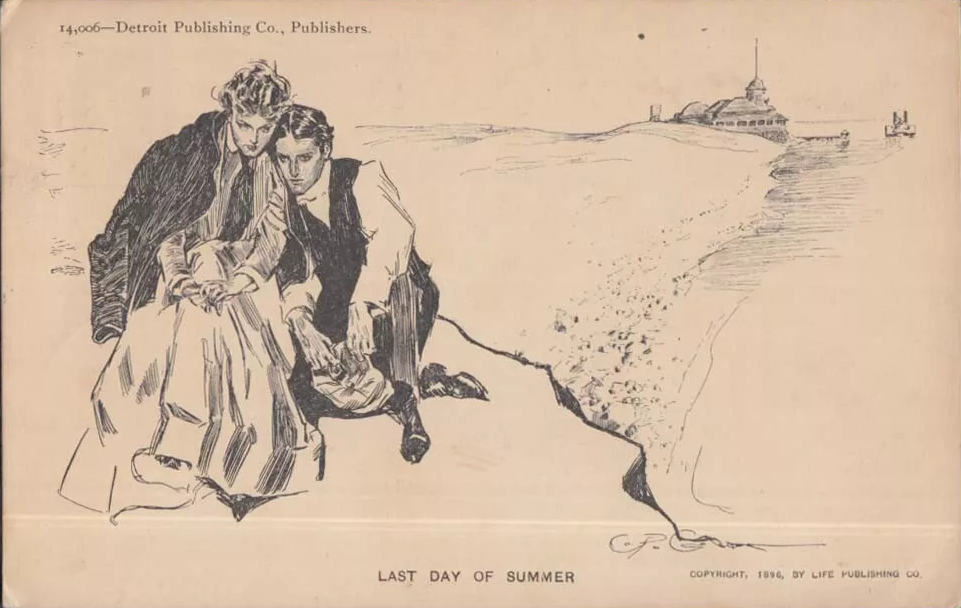
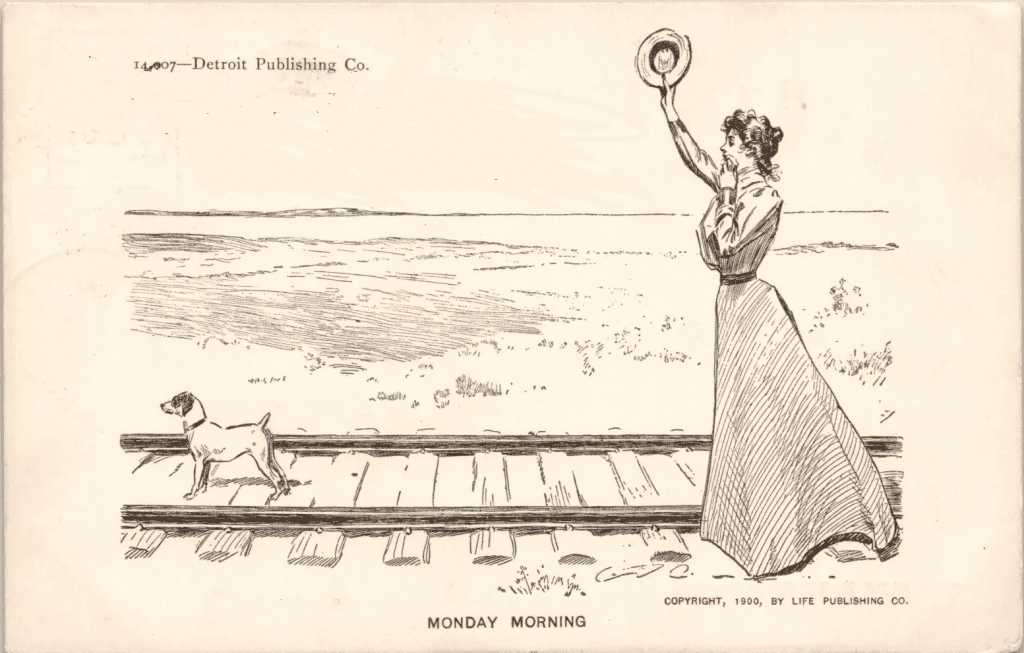
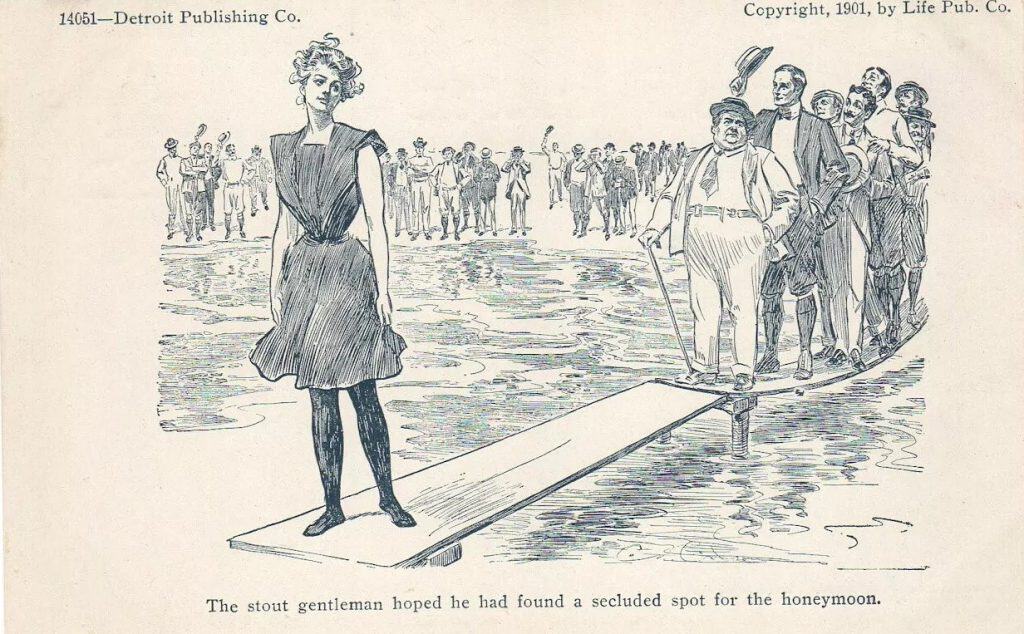
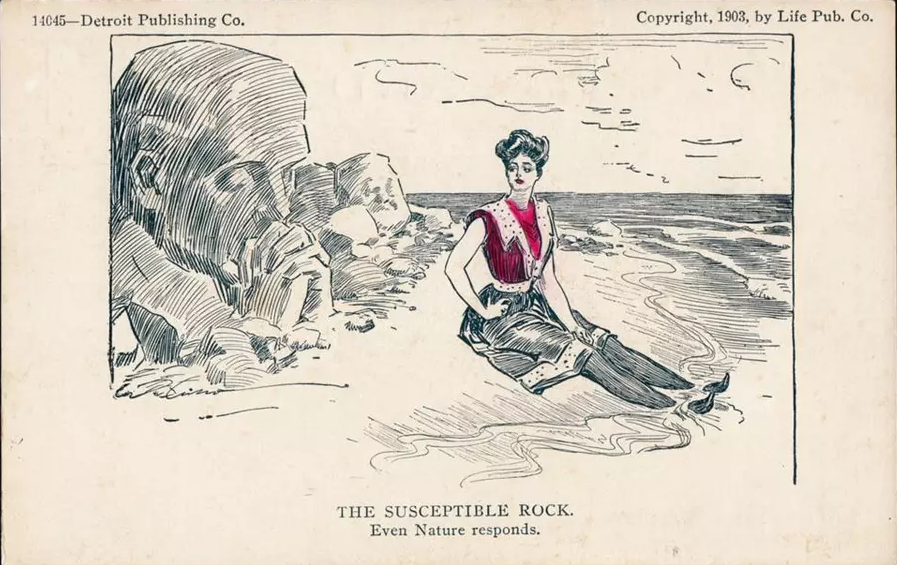
I had heard of Gibson, but was unaware of any of his creations other than the Gibson Girl.
Nice research and article.
Learned a lot about Gibson from your article. Interesting man and a wonderful artist!